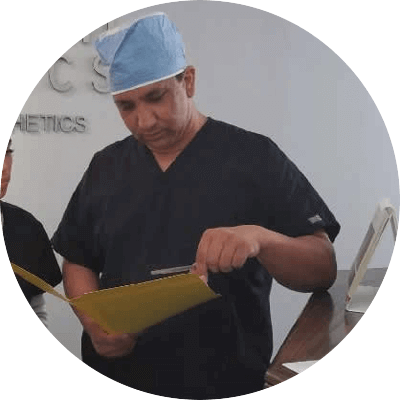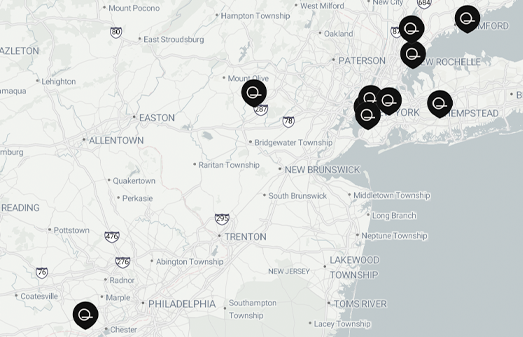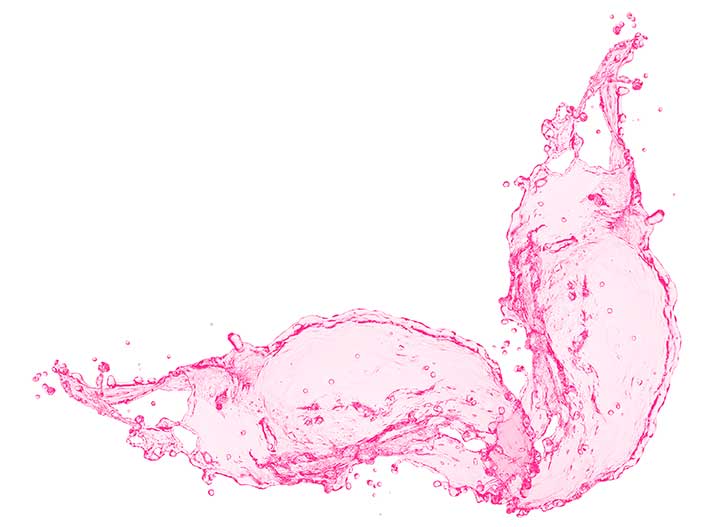
HOW DOES MOLE REMOVAL WORK?
Mole, Skin tag, Wart Removal with Radiosurgery
To remove skin lesions, (moles, warts, skin tags and more) without scarring, in a quick and painless procedure. Out in less than 10 minutes.
The skin lesion (mole, wart, or tag) is numbed with a tiny injection of lidocaine, followed by a quick shaving of the lesion with the radiofrequency device
Mole or wart: starts at $450 375, and $400 350 for each additional. This month only.
Skin tags: starts at $200 140, $50 for each additional.
For more than 3 moles or warts ask physician during consultation for customized pricing.
In Less Than 5 Minutes
Painless
No Scarring
10,000+ Successful Treatments in 15+ Years
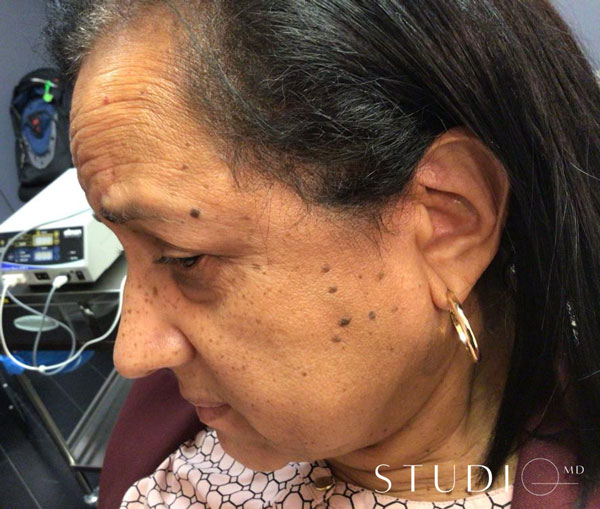
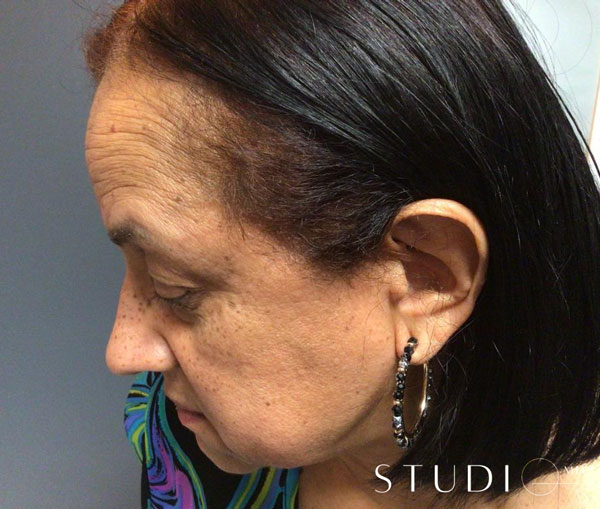
Radiofrequency Mole Removal, 2 months after
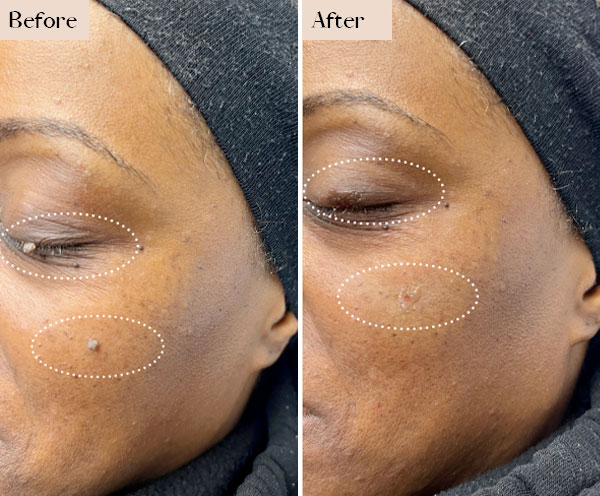
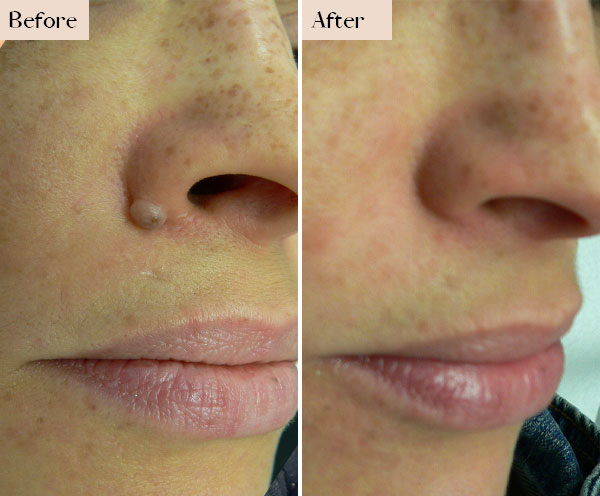
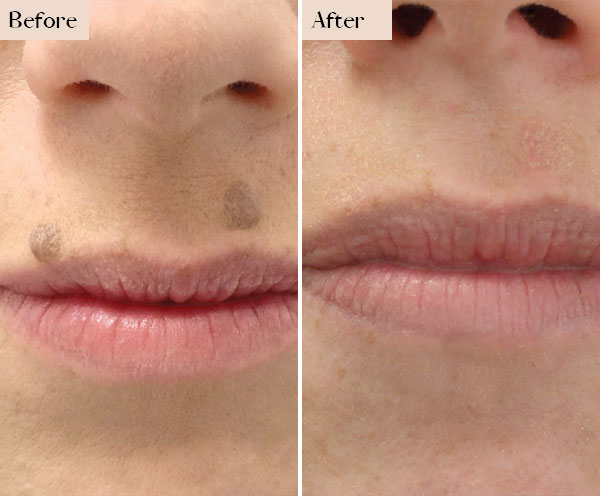
Dr. Khan, MD
Dr. Khan is a member of the IAPAM (International Association for Physicians in Aesthetic Medicine) and has been specializing in medical aesthetics for over 18 years. Certified in Breast Augmentation by the National Society of Cosmetic Physicians and in Liposuction by the American Academy of Cosmetic Physicians, Dr. Khan is also one of the pioneers in Smartlipo technology, having performed over 4000 procedures. His expertise includes 360 liposuction, targeting areas such as the chin, abdomen, back, and flanks, as well as male breast reduction. Additionally, Dr. Khan specializes in mole and wart removal, toxin and filler injections, and hair restoration treatments.
READY TO BOOK A FREE CONSULTATION?
Easy Peasy!
Submit Form Below or Click to Book Online or
FREQUENTLY ASKED QUESTIONS
Face: The technique is particularly useful for facial growths and acne spots as there is no scarring and the healing period is short.
Armpits / Breasts / Neck / Groin: The technique is often used to remove skin tags under the armpits or breasts, around the V-line of neck, and in the groin.
Arms / Legs / Back: It removes brown spots, solar keratoses, and other growths.
• Removing protruding moles that get in the way of shaving.
• Reducing skin irritation that can occur when certain moles rub against clothing or jewelry.
• Achieving smoother, clearer skin.
• Enhancing appearance and improving self-esteem.
Most importantly, if a mole is suspected to be pre-cancerous early on, it can often be completely removed before it causes a serious health risk.
After the procedure, patients are asked to keep the treated area clean and free of contaminents until the wound has scabbed over. This post-procedure maintenance is done by simply cleaning the wound with mild soap and water, applying the triple antibiotic ointment (supplied by us), and a band-aid 1-2 times a day for 2 to 4 days. Typically patients see new skin after a week which is usually pink in color. The new skin then gradually starts to match the surrounding skin in days to weeks.
Skin Tags, also known as cutaneous skin tags, fibroepithelial polyps or acrochordons, are usually benign (non-cancerous) skin growths. These growths that are usually small are very common in people older than 30 and are thought to occur from skin rubbing against skin or clothes and shaving. These tags are generally located on the neck, armpits, trunk, body folds, and other areas. They are generally flesh colored (occasionally darker). They stick out of the skin and may have a short narrow stalk connecting to the skin surface. They are usually harmless and painless however they may be irritated from rubbing on clothing or other materials.
Our medical team uses the radiosurgery method to successfully remove skin tags, leaving no visible scars.
After the procedure, patients are asked to keep the treated area clean and free of contaminents until the wound has scabbed over. This post-procedure maintenance is done by simply cleaning the wound with mild soap and water, applying the triple antibiotic ointment (supplied by us), and a band-aid 1-2 times a day for 2 to 4 days. Typically patients see new skin after a week which is usually pink in color. The new skin then gradually starts to match the surrounding skin in days to weeks.
These include topical agents such as salicylic acid, canthardin, trichloroacetic acid, podophyllin and more. Some physicians have used cryotherapy (freezing with liquid nitrogen), lasers or prescription systemic and topical medications, which have also shown minimal effectiveness.
At New York Medical Aesthetics, our doctors have had very good results using the radio-surgery method for treatment and removal of many types of warts.
After the procedure, patients are asked to keep the treated area clean and free of contaminants until the wound has scabbed over. This post-procedure maintenance is done by simply cleaning the wound with mild soap and water, applying the triple antibiotic ointment (supplied by us), and a band-aid 1-2 times a day for 2 to 4 days. Typically patients see new skin after a week which is usually pink in color. The new skin then gradually starts to match the surrounding skin in days to weeks.
*Results can vary based on individual conditions
LOCATIONS & DIRECTIONS



 Book Online
Book Online